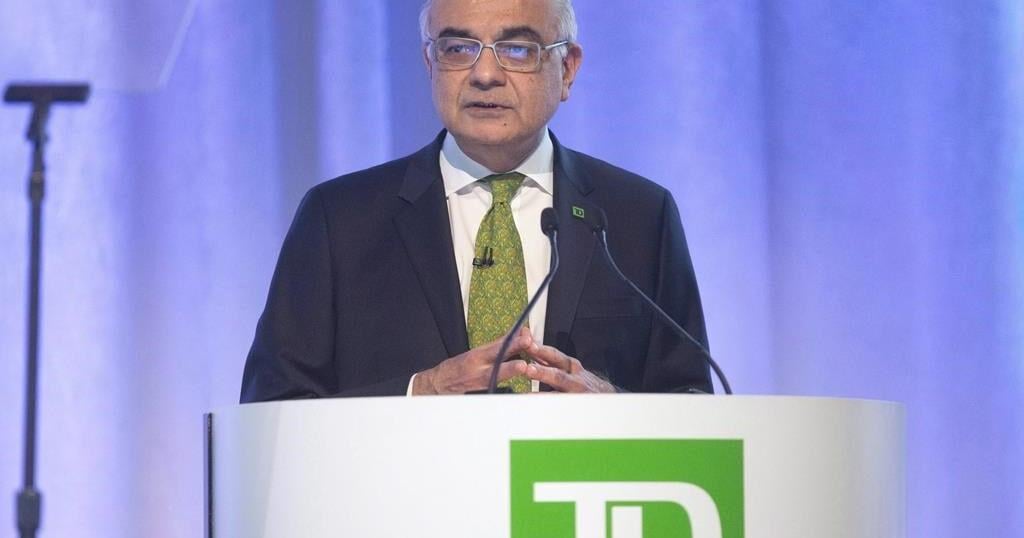A number of high-profile reports last week cited data released on 26 July by China’s General Administration of Customs (GAC) as clear evidence that China did not import any crude oil from Iran in June ‘for the first time since January 2007’. This is absolute nonsense. Not only is China continuing to import many millions of barrels of crude oil from Iran every single month but also it will continue to do so in line with the now firmly in-play 25-year deal between the two countries. Specifically, from 1 June to 21 July (51 days), China imported at least 8.1 million barrels of crude oil – 158,823 barrels per day (bpd) – from Iran in a number of relatively direct ways, a senior oil and gas industry source who works closely with Iran’s Petroleum Ministry exclusively told OilPrice.com. The vast majority of these 8.1 million barrels were delivered by crude oil container ship, beginning with the cargo of the ‘Giessel’.
“The Giessel likely loaded Iranian crude oil via ship-to-ship transfer just off the Strait of Hormuz at the Gulf of Oman and this likely occurred between the 26 April and 5 May,” sources at global energy markets intelligence company, Kpler, told OilPrice.com last week. “The Giessel then discharged about 2.1 million barrels of Iranian crude oil to [China’s state-owned] Sinopec at the Qingdao Huangdao port on 13 June,” added the Kpler sources.
Shortly thereafter, according to the Iran source, the crude oil tankers ‘Stream’ and ‘Snow’ left Iranian ports for China and later offloaded their respective 1.6 million barrels and 2.1 million barrels of Iranian crude oil at Chinese ports.
In addition to the near-159,000 bpd being exported directly, another 6.8 million barrels or so was exported over the same 51 day period (another 133,333 bpd) from Iran to China indirectly via Malaysia (and to a much lesser extent, Indonesia), according to highly-placed sources in Iran. This process involves shipping Iranian oil to somewhere within Malaysian (or Indonesian) maritime boundaries, changing the vessel registration documents relating to its origin and ownership, and to the provenance of the crude oil cargo, and then continuing the voyage on to China.
Related: Vitol Employees And Execs See Massive $2.2 Billion Payday
A sign that this has been going on for many months, at least, appears in the official Chinese GAC crude oil import figures that show that for the January-June period of this year there was an 81.2 percent increase in China’s imports of crude oil from Malaysia, compared to the same period last year. Apparently attempting to obfuscate matters further, for the 13 June Giessel cargo to the Qingdao Huangdao port, internal Chinese Customs documents only refer to ‘a crude oil blend coming from Indonesia’ (not Malaysia). The near-15 million barrels of crude oil exports from Iran to China over the 1 June to 21 July period (292,157 bpd) accounts for just over 58 per cent of all of Iran’s 500,000 bpd or so total current crude oil exports, out of a total current production of 2.2 million bpd, according to the Iran source.
The fact that none of these have shown up in official GAC figures is entirely unsurprising, given the basic technical factor that any and all crude oil imports to China from Iran can be held in ‘bonded storage’. Put simply: crude oil that goes into ‘bonded storage’ is not put through Chinese Customs at all – and is not even recorded as having been ‘paid for’ – and consequently does not appear on any GAC documentation. This means that China can import as much Iranian oil as it wants without the oil appearing in any import figures and without, as far as the letter of the law is concerned, China breaking any U.S. sanctions. “Even if that wasn’t the standard procedure there, why would China record these deliveries anyway?” said the Iran source.
Another method of Iran delivering its oil to China is now being worked on by Tehran, together with Russia and China itself. “This is to build-out the oil collection, storage, and delivery elements from Iran’s Caspian Sea allocation into the Russian feed-in structures used in the ESPO [Eastern Siberia–Pacific Ocean] pipeline, and then to move the Iranian crude through Kazakhstan and then into China,” the Iran source said. Iran now has an 11.875 per cent in the Caspian resource, with the onshore and offshore Caspian fields conservatively estimated to have around 48 billion barrels of oil in proved and probable reserves.
Russia already has experience of using Iranian oil in the ESPO crude oil blend. In 2018 it was facing numerous complaints from European buyers of its oil when its efforts to meet increased oil demand from China simply by boosting crude oil output in East Siberia failed. In order to redress the quality issue for Europe, Russia utilised the relevant light, sweet, Iran crude grade into its own ESPO deliveries, juggling it between Europe and China. Related: Oil Prices Rise Despite An Influx Of OPEC+ Crude
For China there are distinct advantages to holding millions of Iranian crude in storage, aside from the sanctions-busting element. To start with, it means that it can secure the oil at extremely discounted prices, in keeping with the secret element of the 25-year deal agreed between the two countries. In the case of the crude oil delivered by the Giessel, Stream, and Snow tankers – 5.8 million barrels in total – each barrel was discounted by US$10.95 to the headline Iranian grade price, according to the Iran source. “In addition to this discount, Iran offered China CIF [cost, insurance, and freight] cargoes at FOB [free-on-board] pricing, and Iran continues to offer Chinese buyers protection and indemnity [P&I] insurance, through the ‘Kish P&I Club’, among other such entities,” he added.
Additionally positive for China is that this stored oil can be sold at any time should the need arise or at a time when oil prices rise significantly (effectively also functioning as a hedge). It can also be used for geopolitical advantage, as it allows China to trade the oil in deals with energy-poor countries that nonetheless have things (port facilities, for example) that China wants, especially in pursuit of its ‘One Belt, One Road’ programme. Finally, stored Iranian crude oil gives China a wider energy security safety net in the event that the U.S. imposes further sanctions against more of China’s traditional oil suppliers.
On the other side of the equation, Iran benefits in part from the fact that it does not have to halt production at its core fields because it is running out of storage space, which could damage the wells. Nor does it have to commit all of its tanker fleet to storage, which is costly and would prohibit revenue-raising crude oil exports to other countries. The major benefit for Iran, though, is funding. Before Iran signed the secret part of the 25-year deal with China it was short of the approximately US$150 billion that it needed to complete all of its major oil and gas developments, plus another US$250 billion that it needed to build out the rest of its key business sectors to internationally functioning levels.
Whilst China has vouched for this US$400 billion, Iran is still relatively cash poor, so the discounted oil exports are a means of allowing it to pay China for its part of the infrastructure development costs. According to various sources, the discounted price of oil on the Giessel, Stream, and Snow oil tankers, was part of the payment for Sinopec’s ongoing work on Phase 2 of Iran’s supergiant Yadavaran oil field. Sinopec is apparently working on this field on multiple contract-only operations through seven front companies that have been registered variously in Myanmar, Malaysia, Singapore, and Pakistan, OilPrice.com understands from the Iran source.
In addition to the direct Iran to China tank crude oil shipments identified and the indirect Iran-Malaysia (occasional Indonesia)-China crude oil shipments from 1 June to 21 July, according to the Iran source: “Chinese shell companies took delivery of another 1.2 million barrels [23,529 bpd] of Iranian oil – re-labelled Iraqi crude – in June destined for China, and sold at a US$12 per barrel discount to the Basra blend price, and Pakistan commercial agents took an additional 1.1 million barrels [21,568 bpd] of crude oil purchased on behalf of China.”
This re-labelling of Iranian oil to Iraqi oil is as simple as it is undetectable by the U.S. Not only does Iraq share an extremely long and extremely porous border with Iran but the two countries share many oilfields, with the oil on the Iraqi side of the border being drilled from exactly the same reservoirs as the oil being drilled on the Iranian side. “Even if the Americans actually stationed people at every single rig in every single shared field in Iraq they wouldn’t be able to tell if the oil coming out it was from the Iraq side or the Iranian side,” said the Iran source.
In sum, these methods – direct shipping from Iran to China (around 159,000 bpd), indirect shipping from Iran to China via Malaysia or other countries’ waters (another 133,000 bpd), re-labelling for China export (24,000 bpd), and Pakistan commercial agents (22,000 bpd) – mean that over the 1 June to 21 July period alone, China imported at least 338,000 bpd of Iranian crude oil. This equates to just over 67 per cent of Iran’s total 500,000 bpd of exports at the moment. This leaves around 162,000 bpd being exported to Iran’s other major traditional buyers right now, including Syria and various former Eastern Bloc states, among others.
By Simon Watkins for Oilprice.com
More Top Reads From Oilprice.com:



































